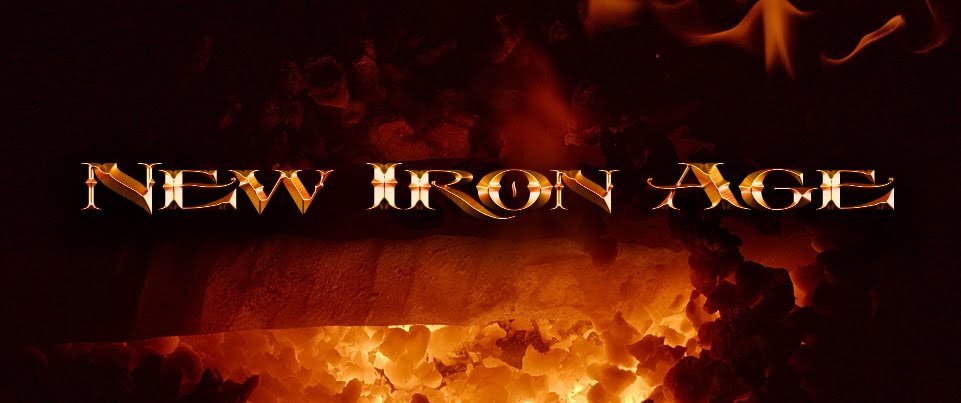(This story is a sequel to "Scion of the Black Tower")
Alzarra Dragonhand came over the sea and to the faded city of Knar,
riding the prow of a black ship with her dark sword at her side. She
was tall; lean and hungry like a sea-wolf. Her skin was dark and her
black hair was braided like a knot of serpents. Her left hand was
armored with black scales, and thus was given her name, a name feared
in a hundred cities and hunted across the endless expanses of the old
empires.
The ship rode the gentle wind in between the towering pillars that
guarded the harbor. Long ago there had been a great sea-gate in this
place, but now the stone was stained green with age and crumbled down
into ruins that slumbered like the shapes of ancient glory hidden
beneath burial shrouds. Ahead of her she saw the city itself arising
from the cold mists, like a shadow in a forgotten dream.
It was familiar to her, though she had never seen it before. Every
line and arch and tower looked right to her eye. The city was dark
in the overcast day, hollow with shadows and empty places. The
waters of the sea gathered at the edge of the docks green with weeds
and choked by refuse. The smell of neglect and rot drifted over the
slack tide, and the waves were marked by the slumped ruins of proud
buildings now long subsumed into the sea, crumpled beneath the march
of the waters.
Knar was a dying city. Once the outpost of a great empire, it
remained like a single bone of a rotted body thrust up from the
earth. Roads and walls and kingdoms died away and yet it remained.
Much of it was abandoned, with far too few people still dwelling in
the rotted stone towers and the open-roofed ruins. The great
edifices were stained with algae and lichens, dripping with moss in
the constant wetness of the climate. Knotted trees sprouted between
the stones, and vines crawled and hung everywhere she looked.
Alzarra stepped off the boat when it drew up to the ancient jetty.
The waterfront markets were sullen and gloomy, the narrow pathways
choked by hooded people going silent about their way. She drew her
own cloak over her shoulders and her hood up over her head. But she
made no effort to conceal her scaled arm, as indeed she never would.
It was the mark of her destiny, and she would not hide it.








